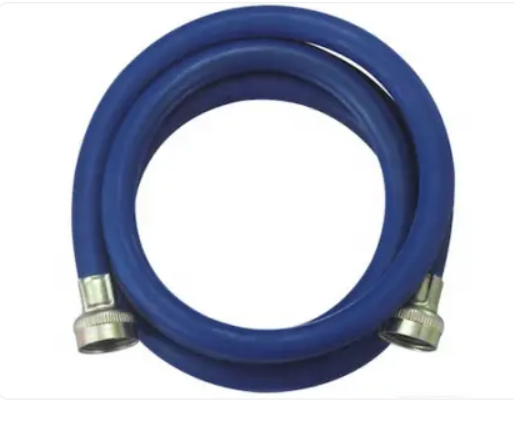335345435
ديسمبر . 26, 2024 21:14 Back to list
Types of Hydraulic Fittings for Tractors Explained in Detail
Understanding Tractor Hydraulic Fitting Types
Tractors are essential machines in agriculture, construction, and various industrial applications, with hydraulic systems playing a crucial role in their functionality. These hydraulic systems rely heavily on various fittings to connect different components, transmit hydraulic fluid, and ensure optimum performance. Understanding the types of tractor hydraulic fittings is important for maintenance, repairs, and upgrades. In this article, we will explore the main types of hydraulic fittings commonly used in tractors, their applications, and considerations for selection.
1. Types of Hydraulic Fittings
Hydraulic fittings come in various shapes and sizes, each designed for specific applications. Here are some of the most commonly used types of fittings in tractor hydraulic systems
- Bulkhead Fittings These are used to connect two hydraulic lines through a wall or bulkhead, facilitating the passage of hydraulic fluid. They are typically selected based on the pressure ratings and fluid compatibility requirements of the system.
- Compression Fittings These fittings are used to join two pipes or tubes by using a compression ring that creates a seal when tightened. They are appreciated for their ease of installation and are commonly used in steering systems and hydraulic circuits.
- Quick Couplers Designed for easy connection and disconnection of hydraulic lines, quick couplers are indispensable in applications where equipment needs to be frequently exchanged or where flexibility is required. They minimize fluid loss and facilitate seamless transitions between attachments.
- Crimp Fittings These fittings are permanently attached to hoses by crimping a ferrule onto the hose and fitting, ensuring a secure and leak-proof connection. Crimp fittings are widely used due to their durability and ability to withstand high pressures.
- Threaded Fittings This type includes various configurations such as NPT (National Pipe Thread), BSP (British Standard Pipe), and JIC (Joint Industry Conference). Threaded fittings are versatile and commonly found in various hydraulic connections. Proper threading ensures a leak-tight seal.
- Welded Fittings Typically used in high-pressure applications, welded fittings are fabricated by welding the fitting directly onto the pipe. This method provides a strong connection but may require additional skill and equipment for installation.
2
. Applications of Hydraulic Fittingstractor hydraulic fitting types

Tractor hydraulic fittings are employed in numerous applications, including
- Implement Control Systems These fittings connect hydraulic cylinders that raise and lower implements like plows, harrows, and seeders. The efficiency of these connections directly affects the responsiveness of the machinery.
- Steering Mechanisms Hydraulic fittings are integral to tractor steering systems, allowing for smooth and responsive maneuverability. Quick couplers and compression fittings are particularly common in these applications.
- Loader Attachments Tractors equipped with front-end loaders utilize a variety of hydraulic fittings to control the bucket's lift and tilt functions. Ensuring that these fittings are compatible with the hydraulic pressure is paramount for safe operation.
3. Considerations for Selecting Hydraulic Fittings
When selecting hydraulic fittings for tractors, several factors should be taken into account
- Pressure Ratings It is critical to choose fittings that can handle the hydraulic pressure of the system. Using fittings with inadequate pressure ratings can lead to failure and leaks.
- Fluid Compatibility The hydraulic fluid used in the system must be compatible with the materials of the fittings to prevent degradation.
- Size and Connection Type Proper sizing (diameter and length) and connection type are crucial for ensuring a secure and functional connection.
- Durability and Environment Consider the operational environment and choose fittings that can withstand exposure to weather, dirt, and other environmental factors.
In conclusion, understanding the various types of tractor hydraulic fittings is essential for anyone involved in the operation, maintenance, or repair of tractors. With the right fittings, tractors can operate more efficiently, reducing downtime and improving productivity. Whether you are a farmer, mechanic, or equipment operator, familiarizing yourself with hydraulic fittings will enhance your ability to maintain and optimize your machinery effectively.
-
Reliable PTFE Hose Distribution | Flexible & High-Performance Solutions
NewsAug.27,2025
-
Distribution PTFE Hose: Flexible, Chemical-Resistant Solutions
NewsAug.26,2025
-
SAE 100 R1AT Hydraulic Hose: Smooth, Wrapped & Colourful
NewsAug.25,2025
-
Premium Distribution PTFE Hose | Flexible & Stainless Braided
NewsAug.23,2025
-
Premium Distribution PTFE Hose: Flexible & Durable Solutions
NewsAug.22,2025
-
SAE 100 R3 / EN854 R3 Hydraulic Hose | Medium Pressure & Flexible
NewsAug.11,2025



